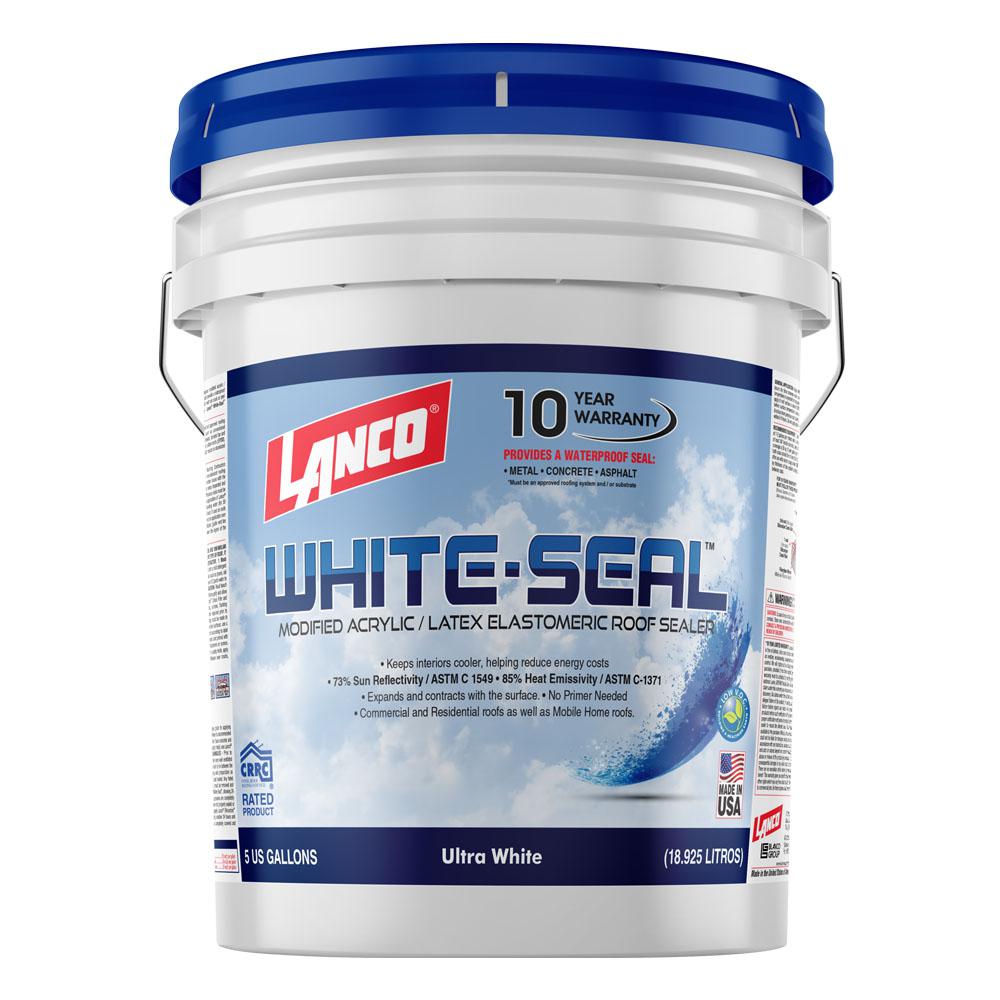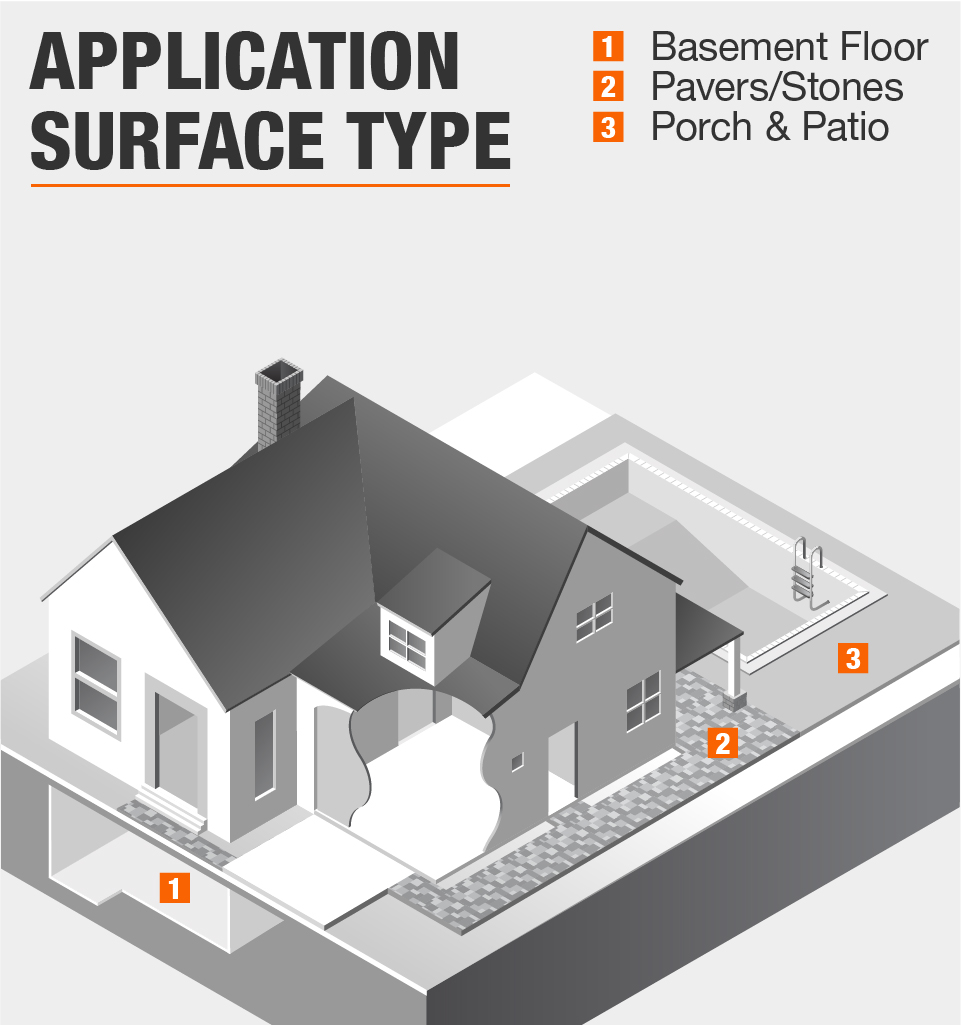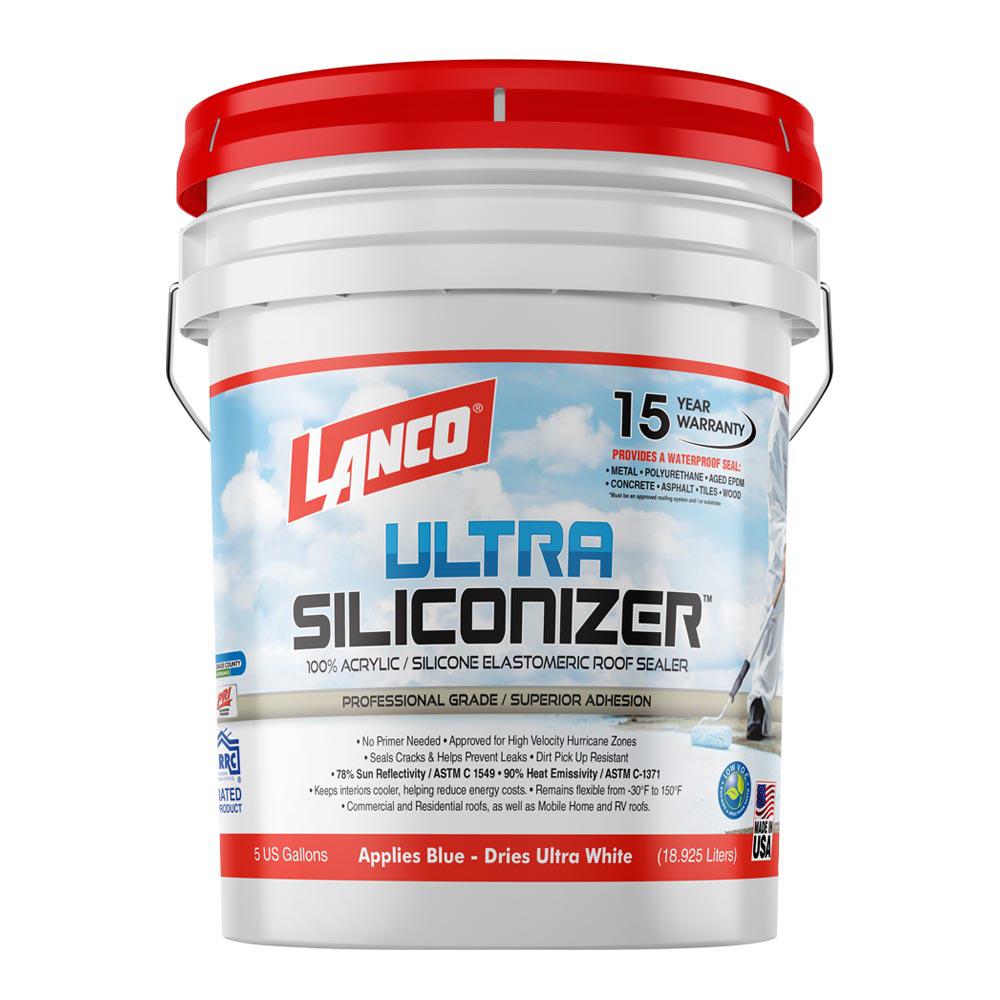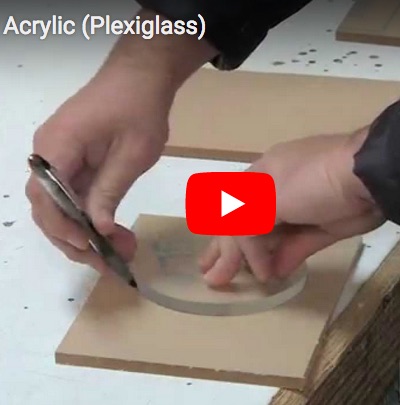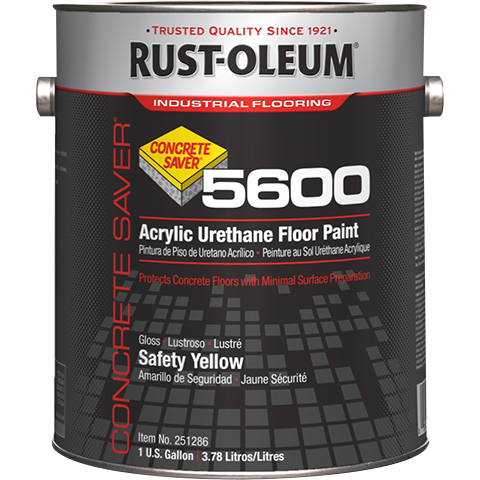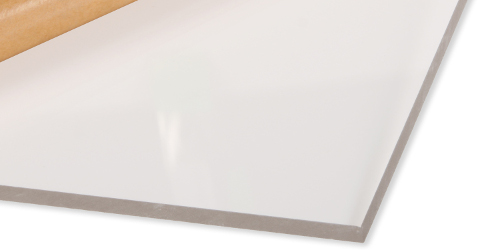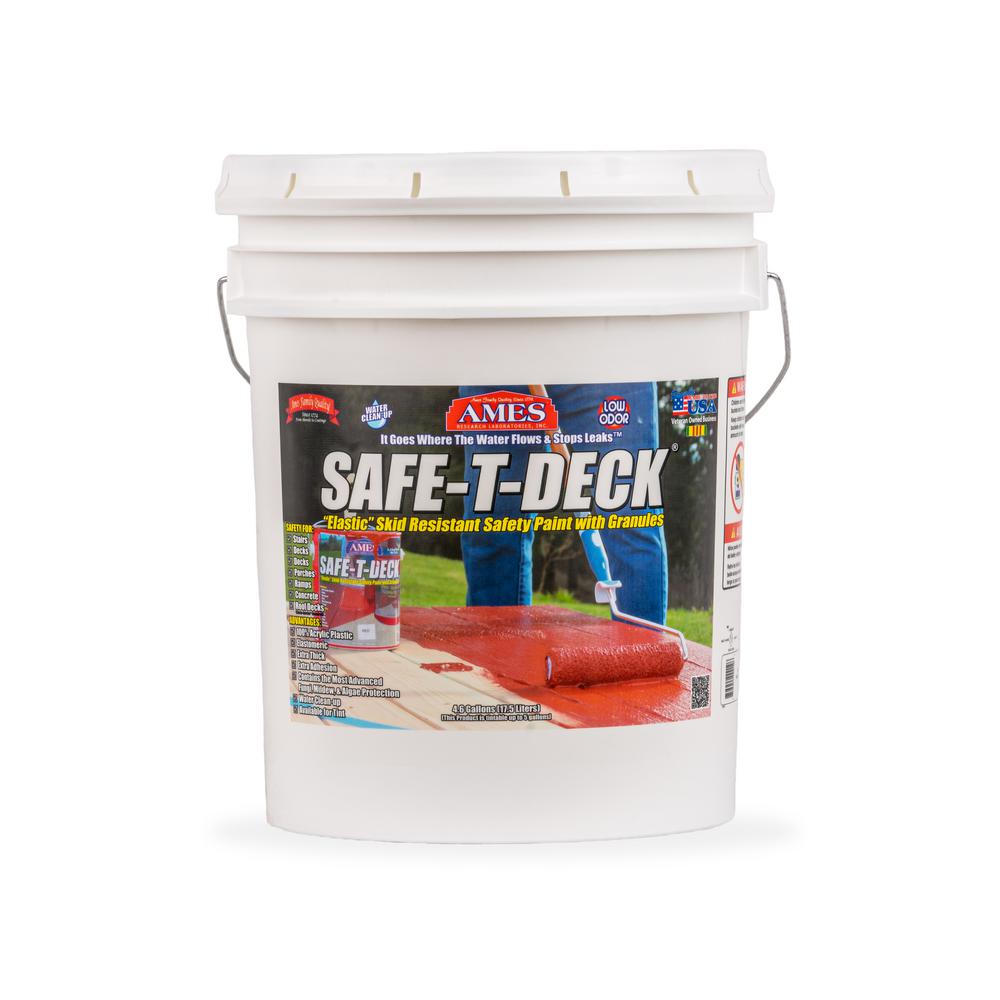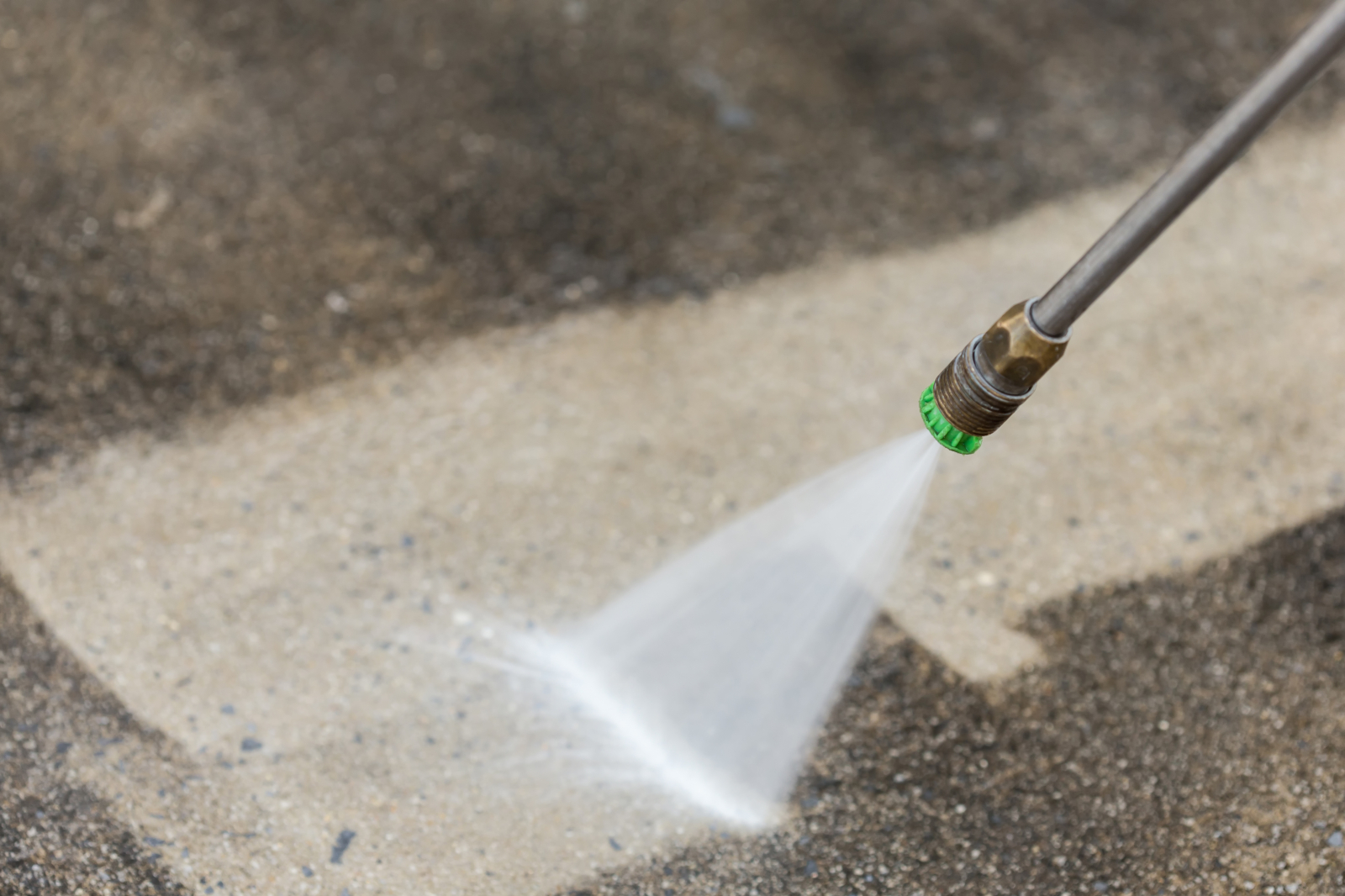Is Silicone Roofing My Slippery Than Acrylic

They make a great solution to restore and protect a wide variety of commercial roofing substrates including metal modified bitumen single ply epdm tpo built up roofs concrete roof decks and spray polyurethane foam.
Is silicone roofing my slippery than acrylic. Modified bitumen metal built up single ply and spray polyurethane foam. Silicone roof coatings are perhaps the most popular chemistry type in the roof restoration industry and for good reason. A silicone restoration membrane srm is a fluid applied silicone coating sprayed directly onto an existing roof system. Below is a short analysis of when and where to use either coating to gain the most benefit out of your maintenance and restoration coating choice silicone or acrylic.
Benefits of acrylic roof coatings acrylic roof coatings are an excellent choice for many types of substrates. For an average 20 000 sq. Foot commercial roof it will usually cost between 2 00 and 3 50 per square foot in materials and labor to install a typical silicone restoration membrane system. The two most popular are silicone and acrylic.
Nothing sticks well to silicone so once you apply silicone to a roof you will be committed to doing all maintenance and repairs in silicone. Generally positively sloped roofs with inclines greater than 1 12 are excellent candidates for acrylic top coats. Silicone coatings are also slippery when wet requiring a walk pad installed in highly trafficked areas. After considering the properties of both acrylic and silicone products we arrive at the conclusion that acrylic roof coatings are the far more cost efficient long lasting and effective method of roof sealing.
Silicone coatings have non water based solvents which help them cure better in wetter areas. Roofing terrains that exhibit positive sound slope and drainage across the roofing system likely do not have large ponded areas and as a result there is no need to utilize a silicone coating for the entire system.



